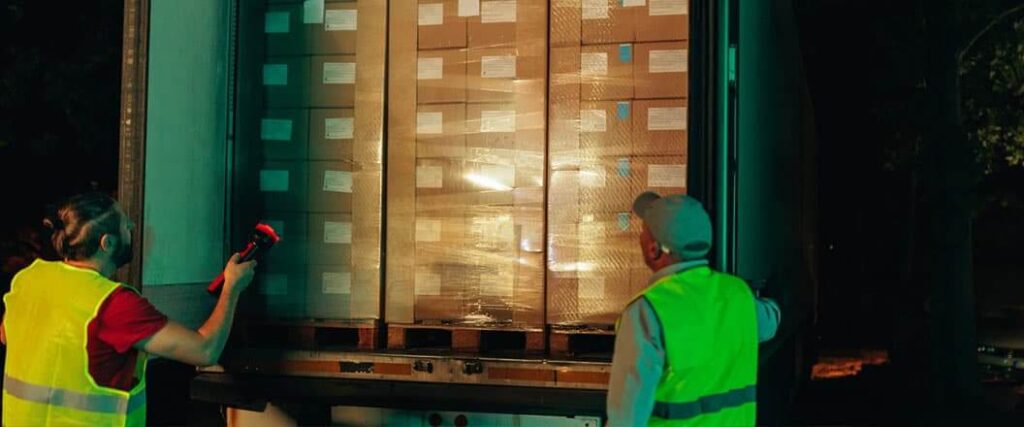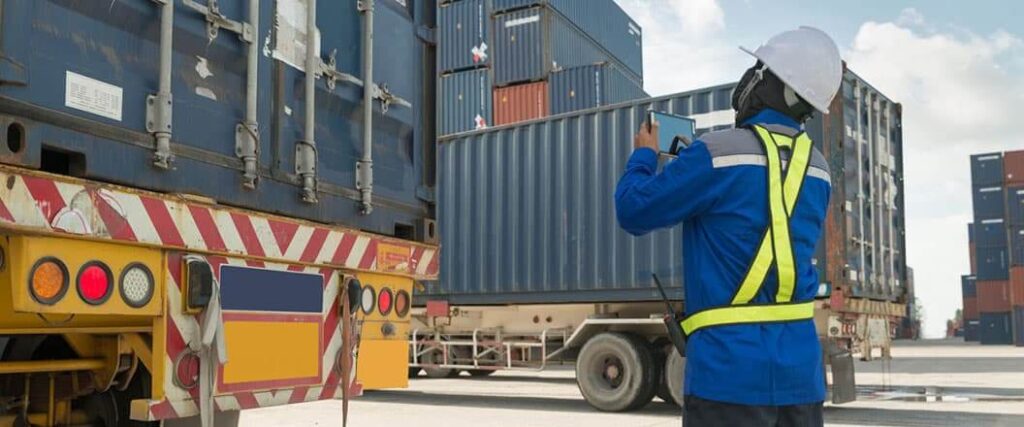Impractical to screen cargo pops up frequently in the world of shipping. Basically, it's when certain cargo can’t be easily checked or screened before it's loaded onto an airplane. This becomes a predicament for companies and governments alike, as ensuring the safety and security of air shipments is important. So, the question becomes - how do we deal with these oversized items?
According to the Transportation Security Administration (TSA), impractical to screen cargo refers to items that are designated as too big, bulky, or oddly-shaped to go through standard screening processes by air freight providers. These items can also include sealed barrels containing chemicals that canines may identify as dangerous.
In this article, you’ll learn more about what kind of cargo qualifies as impracticable to screen, sometimes referred to as ITS. You’ll also discover the most up-to-date information regarding the ITS amendment and how its impending expiration may affect your shipping methods.

To understand what kind of cargo qualifies as impractical to screen, we must first establish some context. Historically, the term developed in response to evolving global security needs and international shipping requirements. Prompted by these requirements, the TSA developed new regulations that went into effect in June 2021.
These regulations have increased the success rate of discovering dangerous materials, including:
The new rules, per the TSA, required 100 percent of cargo being shipped via all-cargo aircraft to be screened “at a level of security commensurate with the level of security for the screening of passenger checked baggage.” If you’ve flown on a passenger plane since September 2001, you and your luggage have been through one or more of these screening processes.
Shippers and freight forwarders were quick to point out that some cargo simply couldn’t be scanned at the airport, and they weren’t wrong. The facilities and on-site personnel at a typical airport are insufficient to screen certain items.
Consider the following screening procedures and their shortcomings when used on certain kinds of cargo.
| Procedure | Impractical Applications |
| Visual and manual check | Sealed containers that can’t be re-packaged at the point of departure. |
| X-ray | Dense, bulky machinery and sealed barrels containing chemicals. |
| EDD (explosive detection dogs) | Engines and other items that involve petrochemicals during the manufacturing process. |
Some cargo, such as large machinery, is simply too large or awkwardly shaped for a traditional X-ray scan. Similarly, that same piece of machinery could easily present a false positive for explosives or destructive substances. This is due to how they’re built and the presence of oils that prevent corrosion during shipment.
Companies who shipped these items felt like they were being left in a lurch. Despite the clamor for heightened transportation security, they claimed some exceptions needed to be made.
Discover the best Incoterms® for exporters to negotiate transactions in your favor.

To take some pressure off of shippers and exporters, the TSA allowed for exceptions to the 2021 regulations. Exceptional items were deemed impracticable to screen, and were not subject to the same level of scrutiny as other cargo.
The amendment didn’t so much change shipping practices as it allowed business as usual to continue. Air freight services could continue to ship this cargo as they did prior to the implementation of the more stringent 2021 regulations. The service simply had to designate the cargo as impractical or impracticable to screen.
However, this exception was never intended to be a permanent solution. The TSA set a deadline of October 31, 2023, for all air freight shipments to conform to the same screening processes. Essentially, the expiration of this amendment means that impractical to screen regulations have to align with those of all air freight cargo.
The expiration of the Impracticable to Screen amendment introduces new challenges for both domestic and foreign shipments. Companies now have to reassess their shipping strategies and take into account the potential hitches the expiration might cause.
Shippers and freight forwarders are left with three options for the transport of impractical to screen cargo.
Obviously, the third option is unacceptable, and the first isn’t viable in most situations. Most cargo that travels by air is time-sensitive or needs the extra security that comes with air travel. These advantages are lost on a vessel that can take a month or more to reach its destination.
This makes option two the clear winner. So, just what qualifies a packing facility as a CCSF?

For several years, the TSA has offered manufacturers, air transportation carriers, and other logistics branches the opportunity to participate in the Certified Cargo Screening Program (CCSP). Successful completion of this security program qualifies a facility as a CCSF.
At its core, the CCSP certification establishes rigorous chain of custody requirements and security measures for its facilities. The program ensures that the security of any cargo in question is maintained from the point of screening until its delivery to the airline. This satisfies the screening requirements of the TSA, precluding the need for additional scans and searches at the airport.
Since shipping by sea takes far longer than doing so by air, it’s clear to see the advantages of completing the CCSP program. Facilities that have been TSA approved will have the upper hand come October once the amendment expires.
Navigating the complex world of cargo screening can be challenging. At Cargo Export USA, we offer a range of services to help you along the way.
Some of our services are:
We're not just here to help you understand the ins and outs of what qualifies as impractical to screen - we can assist with all of your exporting needs. So why not let our team of experts take the helm? Give us a call at 866-301-0635 or submit a contact form and put our expertise to work for your business today!